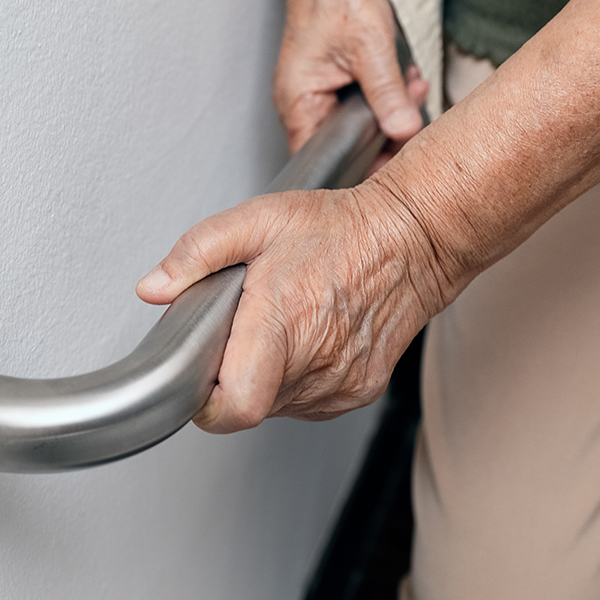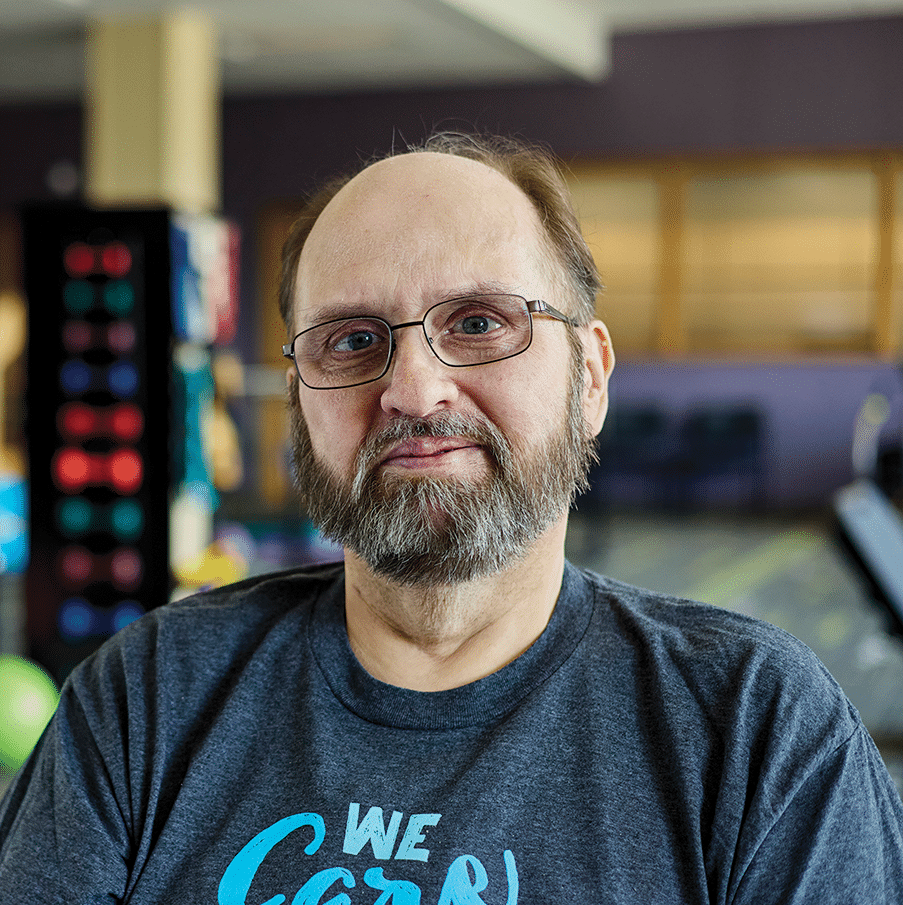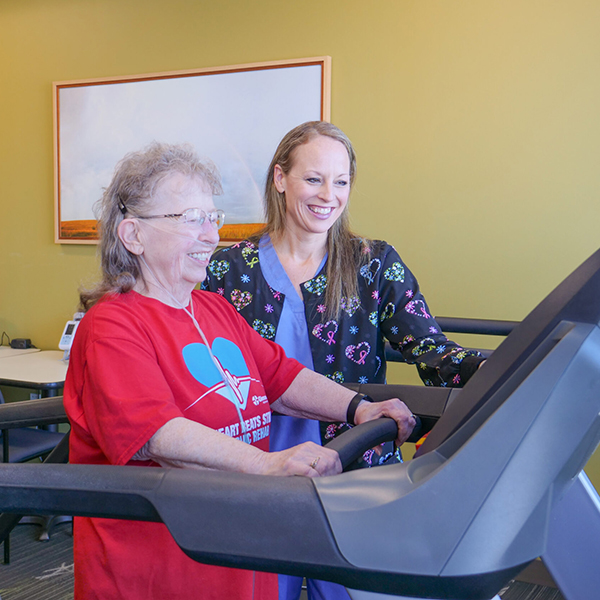Potential causes of pelvic pain include:
- Adhesions (scar tissue) from a previous abdominal or pelvic surgery
- Conditions affecting the urinary tract or digestive tract such as constipation, kidney stones, irritable bowel syndrome and interstitial cystitis
- Endometriosis, a condition in which the tissue that lines the inside of the uterus begins to attach to other organs and structures in the abdomen
- Fibroids (noncancerous tumors) that grow inside or on the surface of the uterus
- Hernias
- Mechanical problems such as dysfunction of the pelvic floor or hip muscles, irritated ligaments, misalignment of bones in the pelvis, muscle strength imbalances and muscle trigger points
- Ovarian cysts
- Pelvic inflammatory disease, a condition that can occur when a long-term infection causes scarring on organs in a woman’s pelvis
- Low back pain
- Prostatitis
- Sacroiliac (SI) joint dysfunction
Service Area
Our primary service area is McLeod County, Minnesota including: Biscay, Brownton, Glencoe, Hutchinson, Lester Prairie, Plato, Silver Lake, Stewart, and Winsted. We also service parts of Sibley County, including: Arlington, Gaylord, Green Isle, New Auburn, and Winthrop, as well as the western part of Carver County, including: Hamburg, Norwood, and Young America, and part of Renville County, including: Buffalo Lake.
Who diagnoses and treats pelvic pain?
At Glencoe Regional Health, providers in our family medicine, internal medicine, midwifery, obstetrics and gynecology, and urology departments can diagnose and provide treatment for medical conditions that cause pelvic pain. There may be a variety of treatment options for your specific diagnosis, including physical therapy, medications and surgical procedures.
How can physical therapy help?
The goal of physical therapy will depend on your symptoms and diagnosis. Common goals include:
- Decreasing pain with certain positions and activities
- Improving movement and bending
- Restoring your ability to squat and lift objects
- Retraining your bowel and/or bladder to function better
- Improving your ability to walk
- Improving your sleep quality
What to expect during evaluation and treatment:
At the first visit, your therapist will perform a thorough evaluation to assess how your nerves, muscles and bones function together and better understand how your pelvic pain affects your ability to perform daily tasks and activities. Next, your therapist will create an individualized treatment plan. She will discuss the treatment plan with you, including the number of treatment sessions and activities that will be included in future therapy sessions to reach your treatment goals.
Physical therapists use a number of different approaches to treat pelvic pain:
- Manual therapy is the skilled use of the therapist’s hands to reduce tension in the muscles, decrease nervous system sensitivity and restore movement.
- Neuromuscular re-education is used to improve muscle control, balance and how your body moves, and can include the use of biofeedback.
- Therapeutic exercise involves stretching, strengthening and home exercise programs.
- Addressing posture and positioning during sitting, laying down, standing and lifting.
- Electrical stimulation may be used to decrease pain.
- Relaxation training, sleep hygiene and behavioral training are used to promote a healthy lifestyle to decrease the perception of pain and stress.











